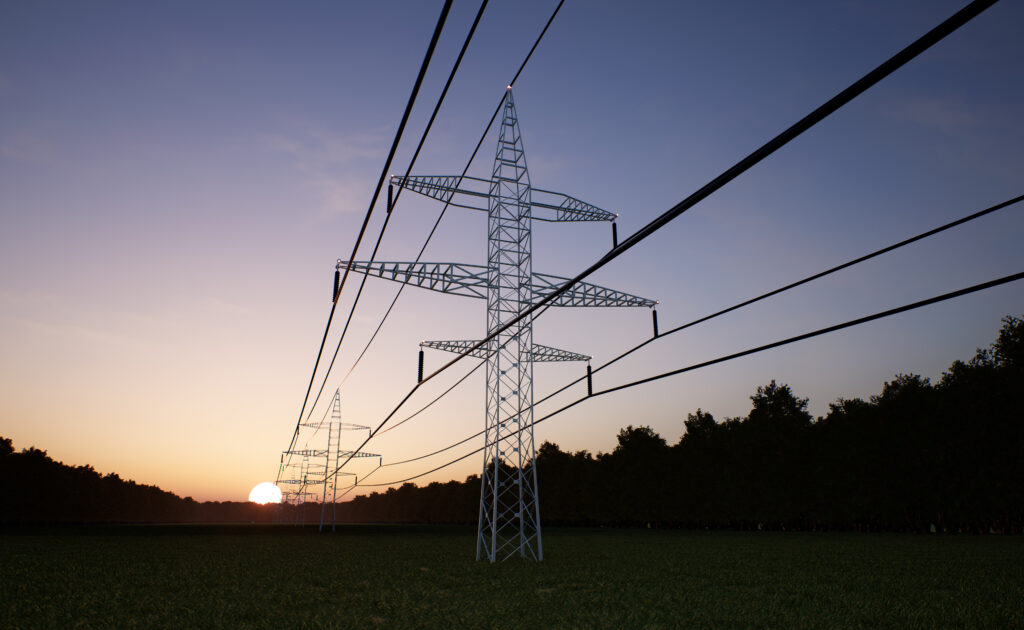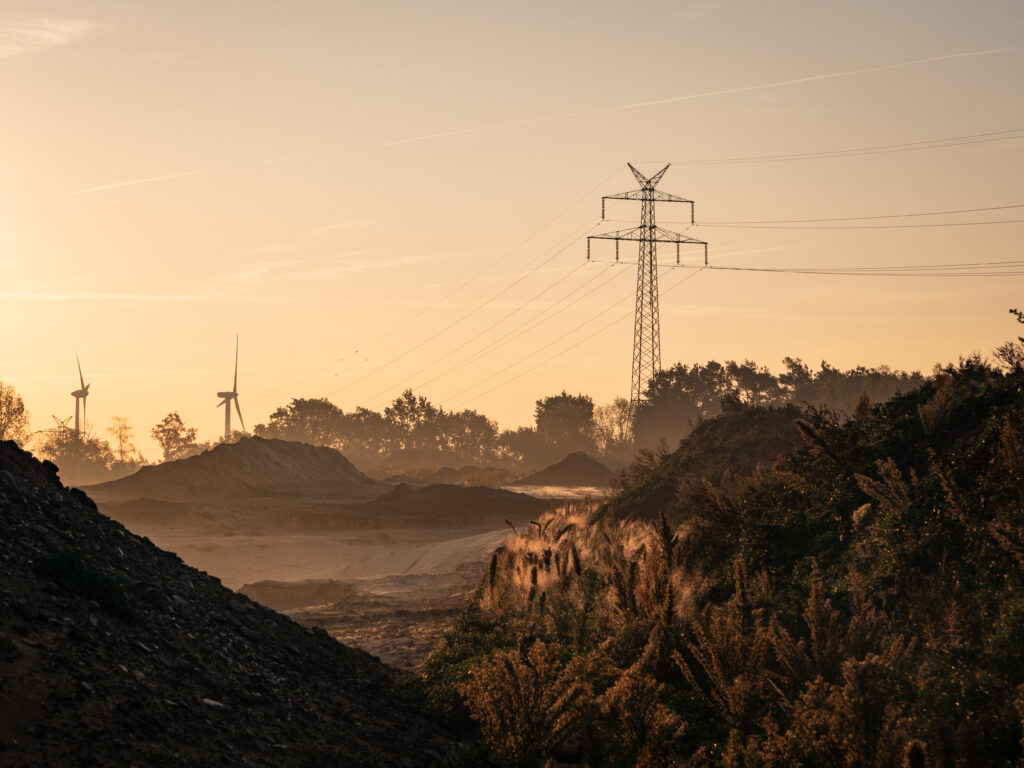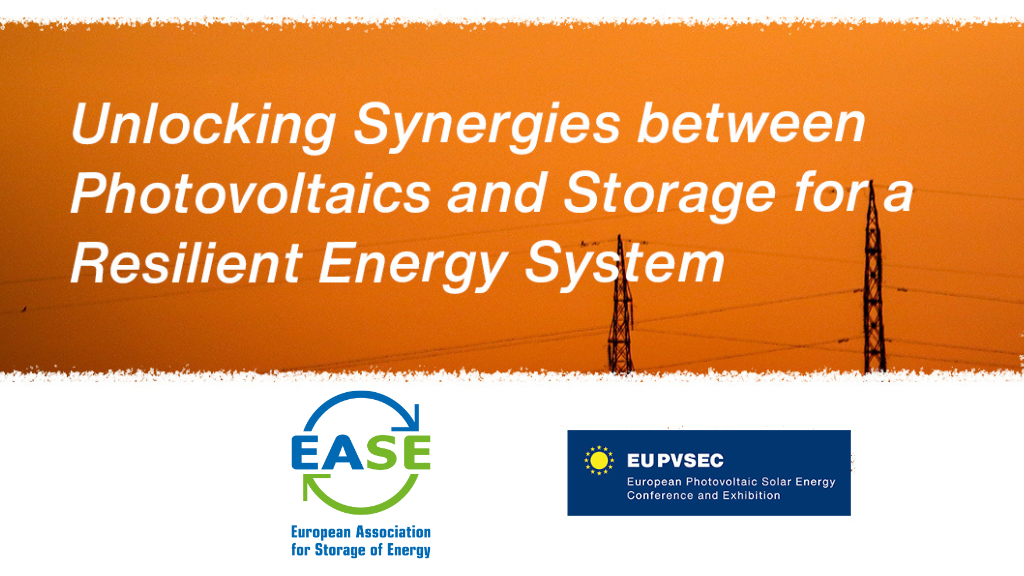20.07.2020 / News
Hydrogen: The Energy Storage Technology Everyone is Talking About
We would be very surprised if you hadn’t heard the word “hydrogen” quite a few times in the past few weeks.
And we are not very surprised by its popularity: green hydrogen can play an important role in decarbonising industry, mobility, heating, gas and electricity system by substituting energy from fossil fuels.
The chemical industry, refineries, and steel producers can use hydrogen in their processes as a raw material. Fuel cell cars, trains, trucks, public transport vehicles can use it as fuel. By combining hydrogen with carbon dioxide, it is possible to obtain synthetic methane to heat houses, relying on the existing gas system. Finally, it is also possible to store hydrogen, and then re-electrify to balance electricity demand & supply and to support the management of the electricity grid.
These are only a few examples, but they show well how hydrogen supports the integration of different sectors, allowing for renewable energy to be used in a range of new contexts.
But how do you obtain hydrogen in the first place? There are several ways. Let’s focus on the method to obtain green hydrogen.
Using electricity from renewable sources, an electrolyser splits water (H2O) into hydrogen (H2) and oxygen (O). This process is called “electrolysis”; the technology, “Power-to-Gas”. It can be then stored in different ways, e.g. in salt caverns (in gaseous form) or small tanks (in liquid form) or as a chemical like ammonium; and for long periods, ensuring a secure supply of clean energy through the seasons.
Oftentimes, when people discuss hydrogen, the conversation touches upon the matter of costs. This is not surprising: Power-to-Gas remains a relatively expensive technology due to its high capital costs and the price of electricity. A European supply chain over the full hydrogen value chain, in this sense, may be able to bring costs down. Also, it should be kept in mind that the cost of large-scale, long-term storage is already very low.
But there are also other challenges for the sector. There is legal uncertainty regarding Power-to-Gas plants and their services. The licensing requirements and authority approvals sometimes can be a significant obstacle. Taxation and tariffs often do not reflect the costs that hydrogen facilities induce to the grid. Fuel cell costs for vehicles are still high. And regarding the number of hydrogen refuelling stations for vehicles…it is simply too low. And, again, these are only a few examples.
EASE has been investigating hydrogen’s opportunities and challenges thanks to the work of its Task Force on Power-to Gas and Biofuels. The latest paper produced focused on the business cases, suggesting sound policy recommendations; and very recently, EASE prepared a briefing of the Hydrogen Strategy.
To conclude, green hydrogen can play a key role in the decarbonisation of several sectors, while also interlinking them. There are currently several challenges and barriers that need to be addressed; and, in this sense, policymakers can play a key role in doing so. The European Commission has clearly shown that they aim to invest in hydrogen and support the necessary policy changes. From EASE side, this is great news: the role of energy storage must be fully recognised and fostered in the legislation.




